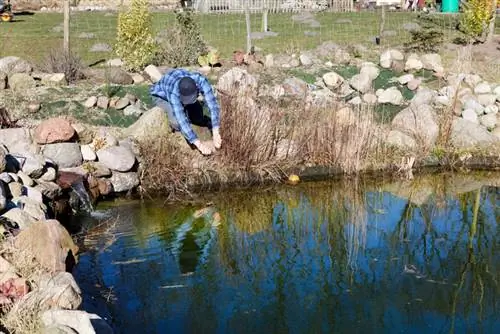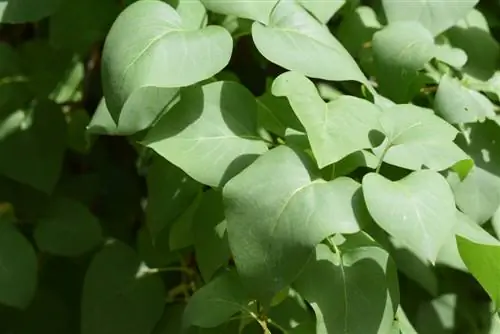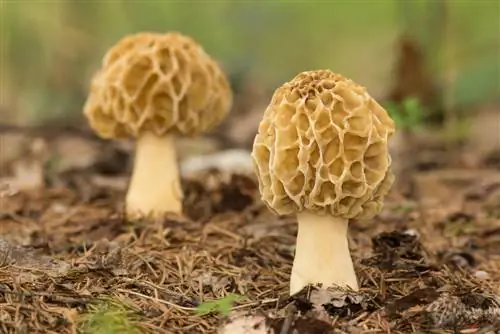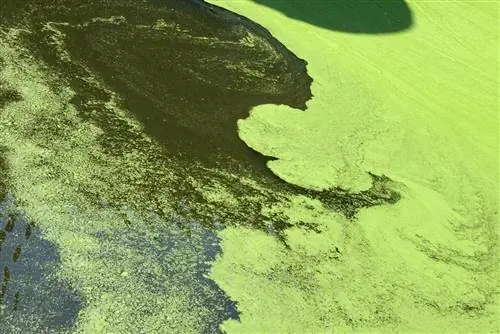- Author admin [email protected].
- Public 2023-12-16 16:46.
- Last modified 2025-06-01 06:02.
They're too blue to be natural. Anyone who notices blue orchids in the supermarket or garden center immediately assumes that they are pseudo-natural. Read here whether blue orchids really exist in Mother Nature's kingdom.
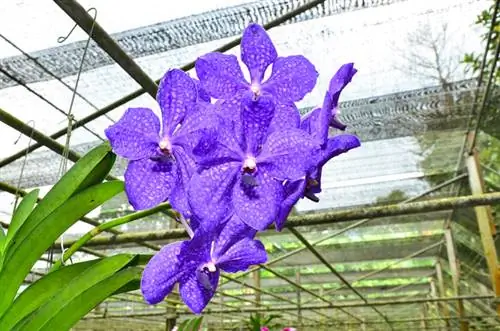
Are there natural blue orchids?
Blue orchids exist mainly through artificial coloring, such as Phalaenopsis. An exception are Vanda coerulea hybrids, which have natural blue flowers with white speckles. The first genetically modified true blue butterfly orchid was bred in Japan, but it is not yet commercially available.
Blue Phalaenopsis lay on the color drip
An azure orchid from the store shelf is usually the result of intensive pretreatment. A Dutch breeder achieved a stroke of genius by transforming white Phalaenopsis orchids into a blue flower wonder. Since the resourceful gardener had the technology patented, the exact procedure remains his secret for the time being.
The information has reached the public that the butterfly orchid is connected to a drip via an infusion needle through which the blue color reaches its ducts. Of course, the blue magic only lasts for one heyday. When the Phalaenopsis drops the colored flowers, the next buds unfold in innocent white.
Vanda Royal Blue - Blue flowers with white speckles
Various hybrids have emerged from the demanding Vanda coerulea that produce blue flowers - without any color drip. Anyone who is willing to accept small white speckles in the rich blue can enjoy the splendor of colors at any time of flowering. Of course, the care bar for a Vanda orchid is somewhat higher than for a frugal Phalaenopsis orchid. You can only get the blue Vanda to bloom under the following conditions:
- In a continuously bright location, without blazing sun at midday and early afternoon
- Warm temperatures between 18 and 22 degrees in winter and 25 to 30 degrees in summer
- High humidity of ideal 80 percent, at least 60 percent
Since a Vanda thrives without a substrate, it is primarily cultivated hanging freely or in a slatted basket. To ensure moisture supply, immerse the aerial roots in soft, room temperature water for 30 minutes every few days. In summer, add a liquid orchid fertilizer to the submerged water every 2 weeks.
Tip
The news came to us from Japan that the first true blue butterfly orchid had been successfully bred there. Thanks to intensive genetic manipulation, the hybrid produces blue flowers up to 5 cm in diameter on 30 cm long flower stalks. However, it will be several years before we can buy this orchid in the garden center.



